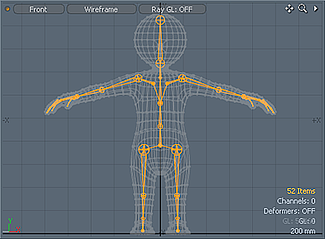

You can save combinations of features as Snapping presets. One set of snapping rules applies if you’re working with polygons, but another set applies when you switch to item mode.

You can select different snapping features to be active globally, in item mode, or in component mode. You can have any number of Snapping features enabled at once, so you can snap to the grid, straight lines and object vertices at the same time. Now, instead of selecting Vertex Mode or Polygon Mode, you click on a Snapping feature-vertex, polygon, pivot, etc.-to turn it on or off. But MODO’s Snapping has been completely rebuilt and streamlined considerably. Snapping’s not especially sexy, and Snapping worked fine in 701. MODO’s new snapping tools are a good case in point. Sometimes, the big improvements can be easy to overlook at first. So, what new features does MODO 801 have to offer that might be of interest to the majority of design engineers? Here’s what stood out to me. If you haven’t, then it’s hard to get too worked up about it. If you’ve been anxiously awaiting support for rounded edges in material baking then good news, it’s here. Someone’s excited about 801’s improved tools for styling long hair, but it’s probably not this magazine’s readership. I always struggle to decide what’s relevant. What’s New … and Relevant?Īdmittedly, as a program matures, new features can grow increasingly obscure for particular users. I ’ve been using MODO since version 302, way back in 2008 (when it was spelled ‘modo.’) Since then, it’s grown from a neat but bare bones polygon modeler to a robust modeling and animation package that supports complex assemblies, dynamics, particle effects and long, wavy hair. MODO 801 render of a hot rod designed by Scott Robertson.


 0 kommentar(er)
0 kommentar(er)
